Introduction
Discover the Ultimate Guide to Pug, covering everything you need to know
- Learn about the history and origins of Pugs and their unique characteristics
- Find essential tips on Pug care, including grooming, feeding, and exercise routines
- Understand common health issues in Pugs and how to keep them healthy
- Explore training techniques to ensure your Pug is well-behaved and happy
- Get advice on socializing your Pug and making them a beloved family member
1. Pug Grooming Essentials
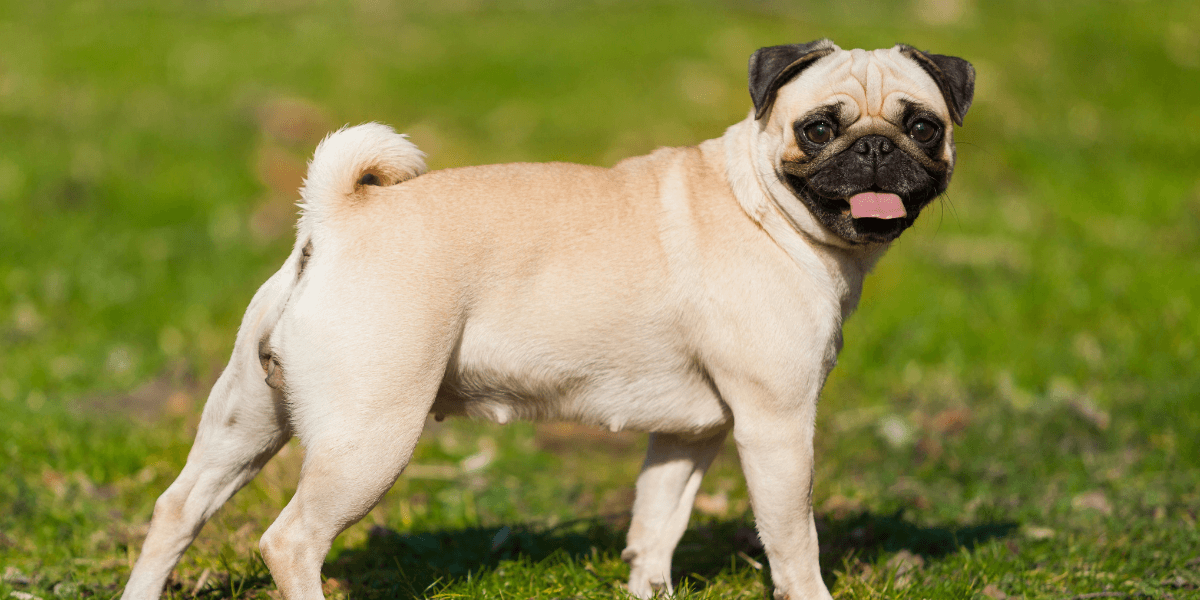
Proper grooming is essential to keep your pug looking and feeling their best.
Brushing:
- Frequency: Brush your pug at least once a week to remove loose hair
- Tools: Use a soft-bristle brush or a grooming mitt
Bathing:
- Frequency: Bathe your pug every 4-6 weeks or as needed
- Products: Use a mild dog shampoo to avoid drying out their skin.
Nail Trimming:
- Frequency: Trim your pug's nails every 3-4 weeks
- Technique: Use a dog-specific nail trimmer
Facial Wrinkle Cleaning:
- Frequency: Clean your pug's facial wrinkles daily to prevent infections
- Method: Dry the area thoroughly to prevent moisture buildup
2. Feeding Your Pug
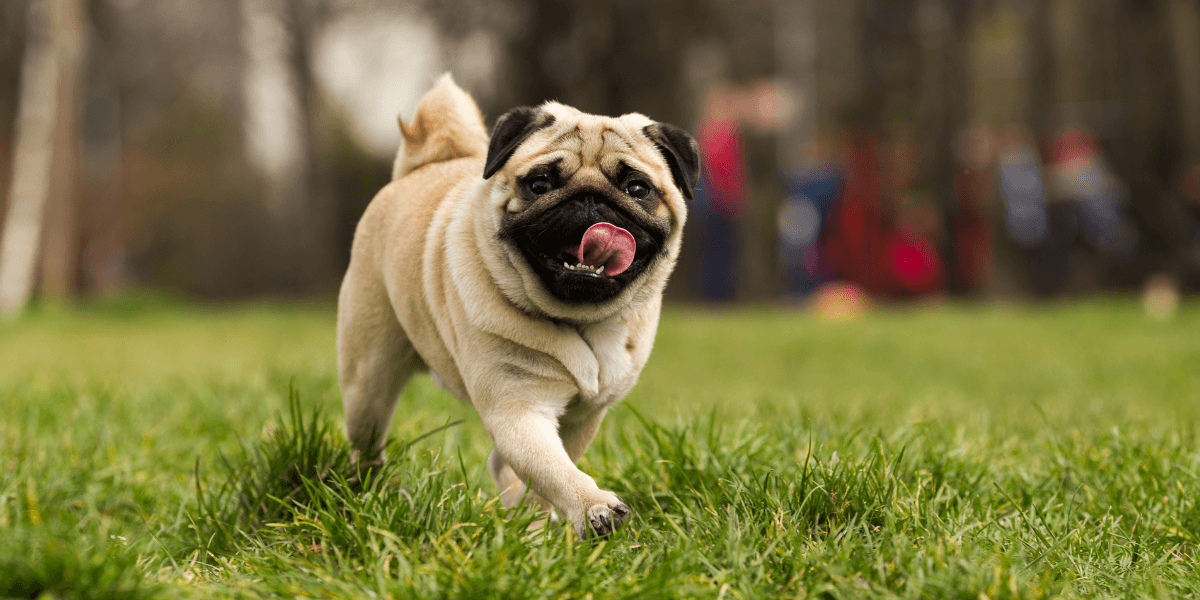
A balanced diet is crucial for maintaining your pug's health.
Choosing the Right Food:
- Dry vs. Wet Food: Both dry and wet food have their benefits
- Portion Control: Follow the feeding guidelines on the food packaging
Healthy Treats:
- Low-Calorie Options: Choose low-calorie treats to prevent weight gain
- Homemade Treats: Consider making homemade treats using healthy ingredients
Avoid Harmful Foods:
- Toxic Foods: Keep your pug away from chocolate and garlic, which are toxic to dogs
- Table Scraps: Avoid feeding your pug table scraps
3. Pug Health and Common Issues
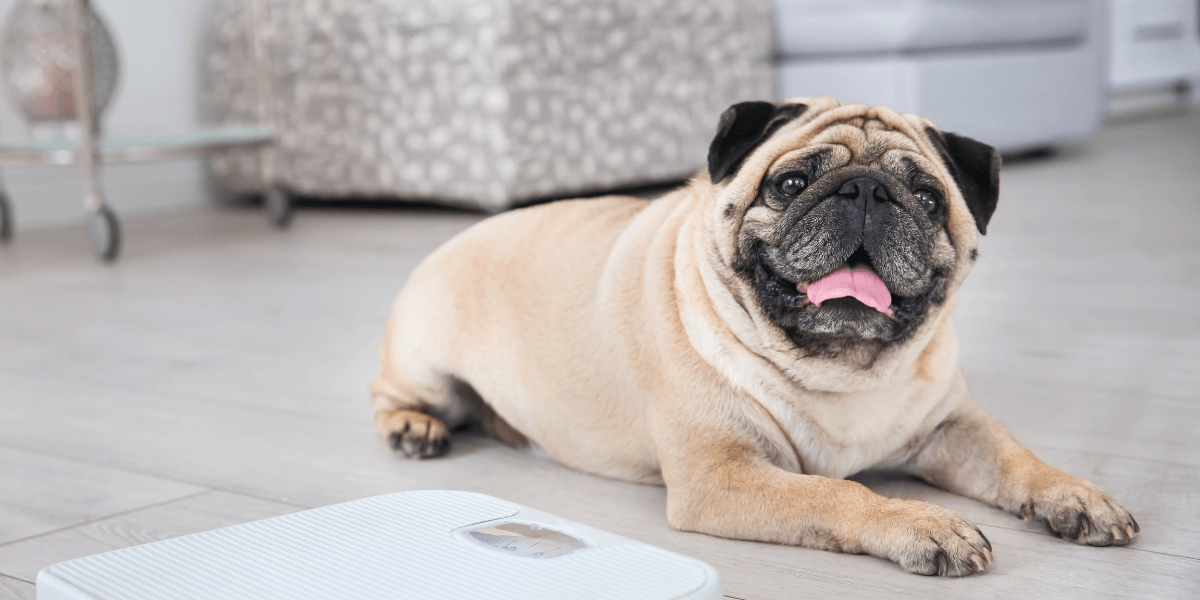
Pugs are prone to certain health issues due to their unique physical characteristics.
Brachycephalic Syndrome:
- Symptoms: Difficulty breathing, snoring, and excessive panting
- Management: Keep your pug at a healthy weightand provide a cool environment
Obesity:
- Risks: Obesity can lead to joint problems, diabetes, and heart disease
- Prevention: Monitor your pug's diet, provide regular exercise, and avoid overfeeding
Hip Dysplasia:
- Symptoms: Lameness, difficulty walking, and reluctance to exercise
- Treatment: Maintain a healthy weight and consult your vet for appropriate treatment
Eye Problems:
- Common Issues: Pugs are prone to eye conditions like dry eye
- Care: Keep your pug's eyes clean and seek veterinary care if needed
4. Pug Training Tips
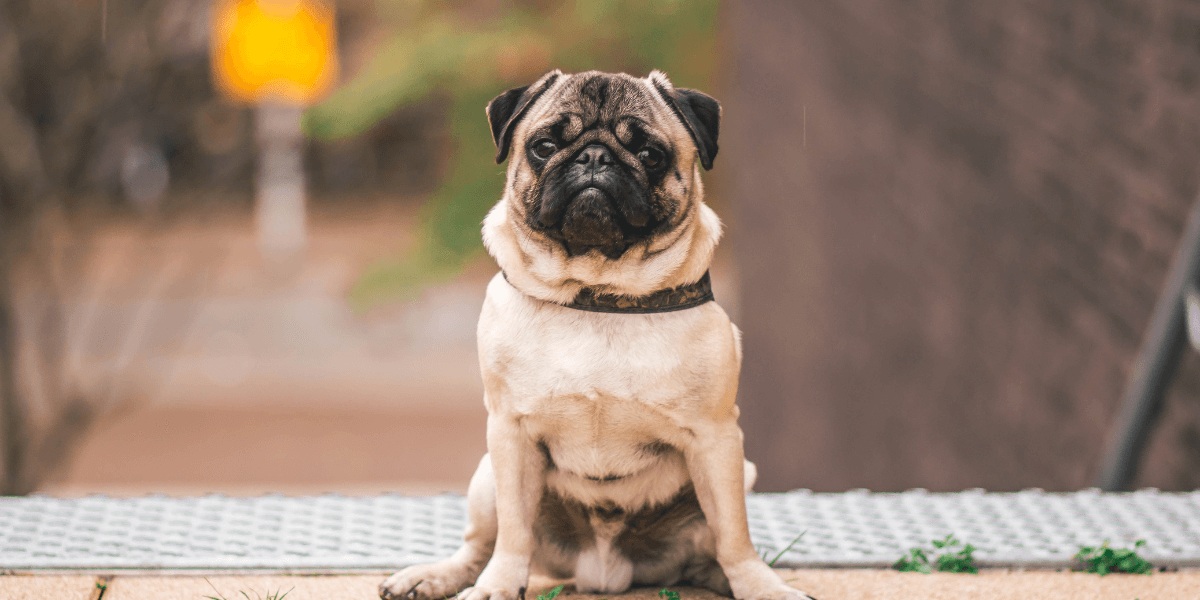
Training your pug is essential for their safety and well-being.
Basic Commands:
- Sit: Use treats and positive reinforcement to teach your pug to sit on command
- Stay: Practice the stay command in short sessions
House Training:
- Consistency: Establish a routine for bathroom breaks and praise your pug
- Crate Training: Use a crate to help with house training and provide a safe space for your pug
Socialization:
- Early Exposure: Introduce your pug to different people and environments
- Positive Experiences: Use treats and praise to create positive associations
Dealing with Stubbornness:
- Patience: Be patient and consistent with your training methods
- Short Sessions: Keep training sessions short and engaging to maintain your pug's interest
Enhance your Pug's training with expert tips; explore methods from Great Dane Training for effective techniques.
5. Exercise Needs for Pugs
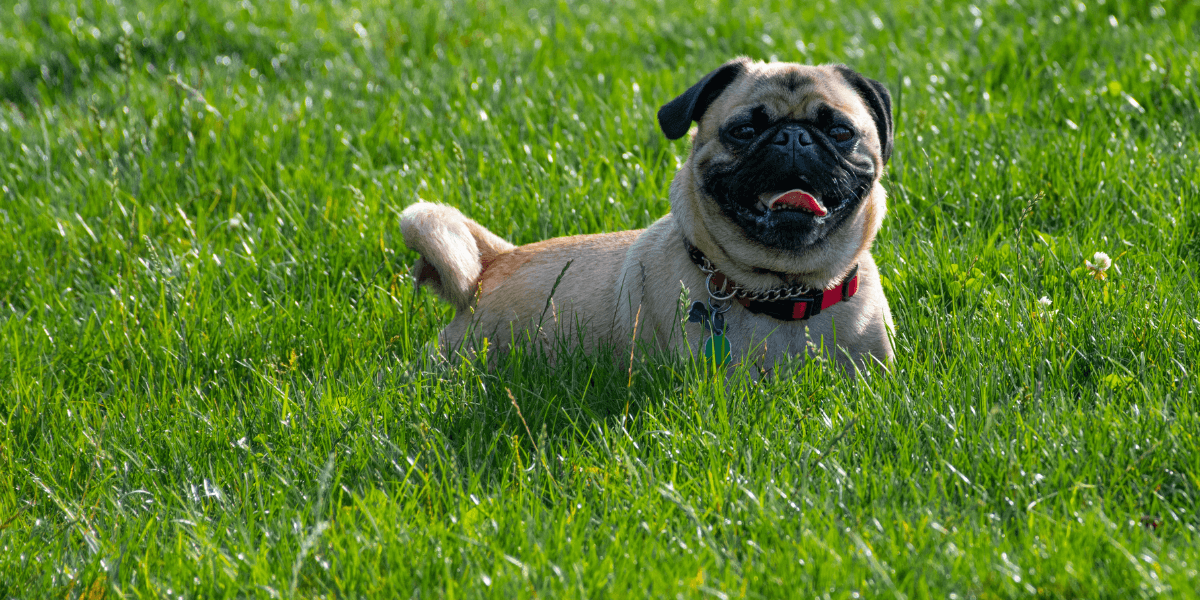
Regular exercise is essential to keep them healthy and prevent obesity.
Daily Walks:
- Frequency: Aim for at least two 20-minute walks per day
- Pace: Keep the pace moderate, as pugs can overheat easily
Playtime:
- Indoor Play: Engage in indoor games like fetch or tug-of-war
- Interactive Toys: Use puzzle toys and treat-dispensing toys
Avoid Overexertion:
- Heat Sensitivity: Pugs are sensitive to heat, so avoid exercising during the hottest parts
- Watch for Signs: Monitor your pug for signs of exhaustion or overheating
6. Socializing Your Pug
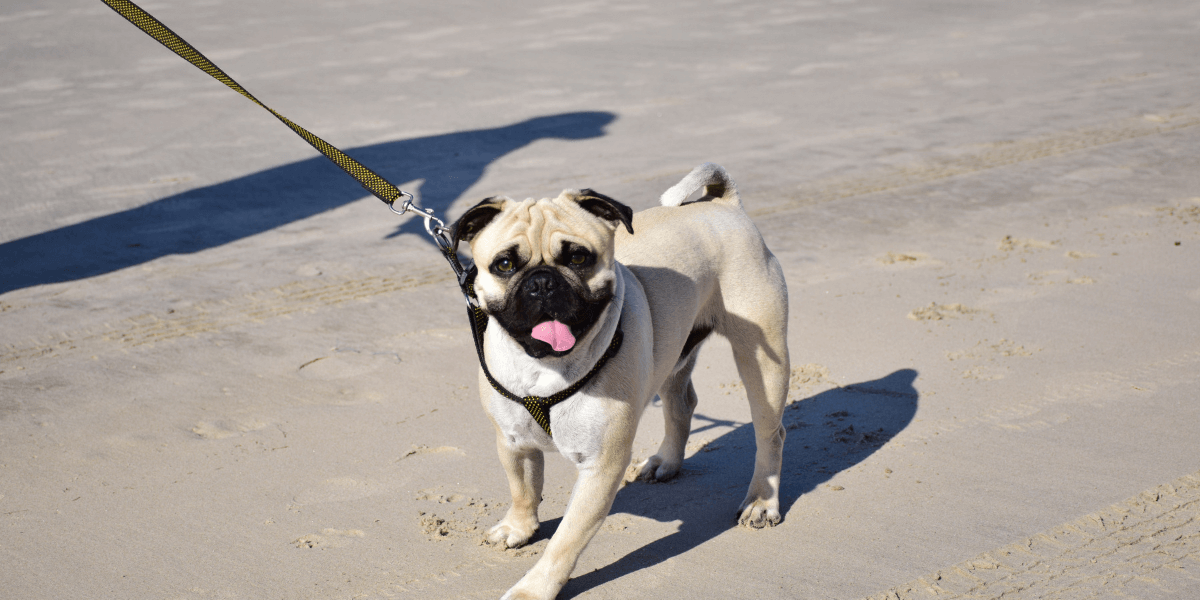
Socialization is crucial for a well-rounded and confident pug.
Puppy Socialization:
- Classes: Enroll your pug in puppy socialization classes
- Positive Reinforcement: Use treats and praise to reinforce positive interactions
Meeting New Dogs:
- Controlled Introductions: Introduce your pug to new dogs in a controlled
- Supervision: Always supervise interactions with other dogs to prevent conflicts
Exposure to New Environments:
- Gradual Introduction: Gradually expose your pug to new environments
- Confidence Building: Encourage your pug to explore and reward them for calm behavior
Socialize your Pug effectively by applying strategies from Bernese Mountain Dog Training Tips for well-rounded development.
7. Pug Accessories and Essentials
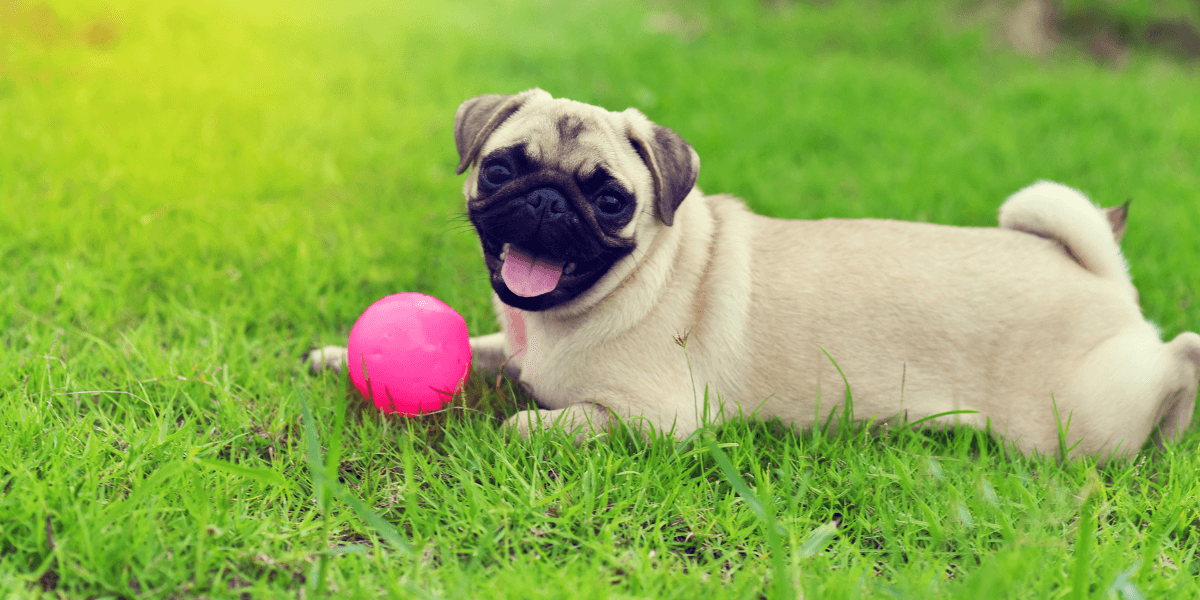
Having the right accessories and essentials can make caring for your pug easier.
Collar and Leash:
- Comfort: Choose a comfortable and adjustable collar and a sturdy leash
- Identification: Ensure your pug's collar has an ID tag with your contact information
Bedding:
- Comfortable Bed: Provide a soft and supportive bed for your pug to rest
- Location: Place the bed in a quiet and cozy area of your home
Feeding Accessories:
- Bowls: Use stainless steel or ceramic bowls for food and water to avoid allergies
- Elevated Feeder: Consider an elevated feeder to reduce strain on your pug's neck
Grooming Tools:
- Brush: A soft-bristle brush or grooming mitt for regular grooming
- Nail Clippers: Dog-specific nail clippers to keep your pug's nails trimmed
Toys:
- Chew Toys: Provide durable chew toys to keep your pug entertained
- Interactive Toys: Use puzzle toys and treat-dispensing toys for mental stimulation
Ensure your Pug's comfort with quality accessories; consider options from The Best Orthopedic Beds for Great Danes.
FAQs
1. What is the average lifespan of a Pug?
- Pugs typically live 12-15 years
2. How often should I groom my Pug?
- Pugs need grooming once a week
3. What is the best diet for Pugs?
- A balanced diet with protein and veggies
4. How much exercise do Pugs need daily?
- Pugs need 20-30 minutes of exercise daily
5. Are Pugs good with children?
- Yes, Pugs are great with kids
6. What are common health issues in Pugs?
- Breathing issues and obesity are common
7. Why choose a Pug as a pet?
- The Ultimate Guide to Pug shows they're loving and loyal
Conclusion
- The Ultimate Guide to Pug offers comprehensive insights into this delightful breed
- Proper care and attention ensure a happy, healthy life for your Pug
- Regular check-ups and a balanced diet are key to preventing common Pug health issues
- Consistent training and socialization make for a well-mannered Pug
- Embrace the joy and companionship that Pugs bring to your life
Share the Ultimate Guide to Pug with fellow Pug lovers to spread the knowledge!
References
For further reading on The Ultimate Guide to Pug, check:
- Pug: The Ultimate Guide to Dog Breeds
- Choosing the Best Orthopedic Dog Bed
- Complete Guide to Pug Dog Food
- The Ultimate Guide to Pug Dog
- A Guide to Preventing Joint Problems in Dogs
We hope this guide has been informative and helpful. Happy pug parenting!
Thank you!



